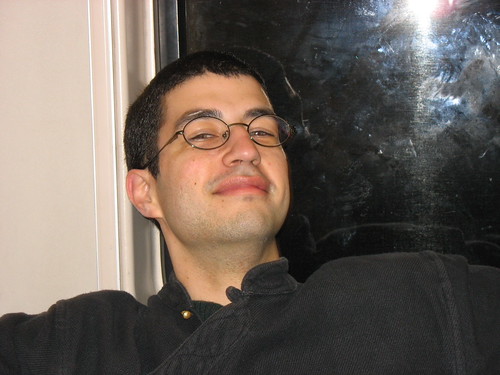
Chogyam Trungpa’s The Myth of Freedom and the Way of Meditation
Begin: 05/9/07
End: 05/29/07
Quality: Seven out of Ten
Reason: Random.
Genre: Eastern Philosophy. Religion. Tibetan Buddhism.
Original Language: English.
Date of Publication: 1976.
Fog Index: 13.3/47% are harder.
Flesch Index: 52.8/52% are harder.
Flesch-Kincaid Index: 10.2/54% are harder.
Complex Words: 16%/45% have more.
Number: First.
Synopsis: Trungpa talks about the meaning of freedom and how our preconceptions, attitudes and spiritual practices can become chains and bind us. He also talks about the uses of meditation and the path of the Bodhasittva.
Thoughts:
I rather liked it. It was a little hard to get into, especially of late considering I have had no attention span, but I did enjoy it. My problem with books like this is that they say so much and I want to understand it all so very much but I simply cannot. I am never sure if I should be taking notes or somehow get a system for
Extracting the ideas into a concise form for later review but that would seriously take so long so for now I am just grabbing some quotes.
The other issue is just that I know a lot about Buddhism, I really just need to start meditating and stop fucking around.
Anyway, here’s the quotes.
“The practice of meditation is to see the transparency of this shield. But we cannot immediately start dealing with the basic ignorance itself; that would be like trying to push a wall down at once. If we want to take this wall down, we must take it down brick by brick; we start with immediately available material, a stepping stone. So the practice of meditation starts with the emotions and thoughts, particularly with the thought process.” (22)
“You do not try to use meditation techniques-prayer,mantra, visualization, rituals, breathing techniques- to create pleasure or to confirm your existence. You do not try to separate yourself from the technique, but you try to become the technique so that there is a sense of non-duality. Techinque is a way of imitating the style of non-duality. In the beginning a person uses technique as a kind of game because he is still imagining that he is meditating. But the techniques-physical feeling, sensations and breathing for instance- are very earthy and tend to ground a person.” (45)
“The in beginning the practice of meditation is just dealing with the basic neurosis of mind, the confused relationship between yourself and projections, your relationships to thoughts.” (46)
“So the intelligent way of working with emotions is to try and relate with their basic substance, the abstract quality of emotions, so to speak.” (67)

No comments:
Post a Comment